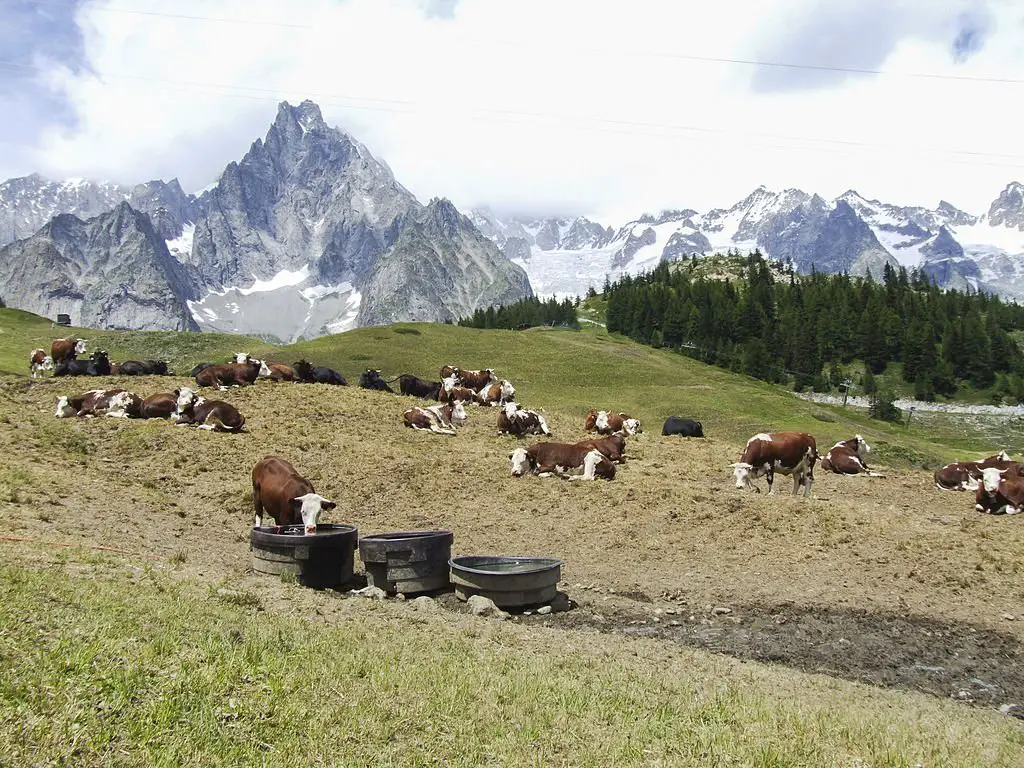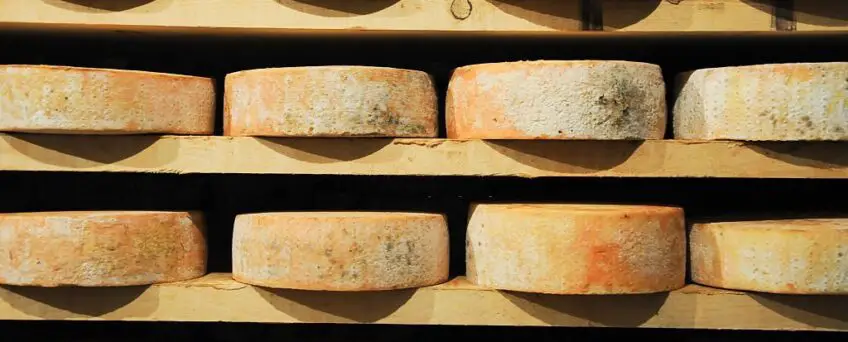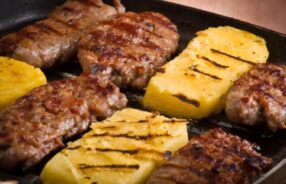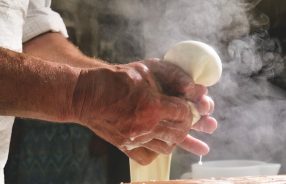Fontina, the Famous Valle d’Aosta Cheese
In Valle d’Aosta, the production of Fontina DOP is an art that has been handed down for entire generations. Some might confuse it with Fontal, but we must not be fooled by this assonance. Because numerous attempts to imitate this extraordinary cheese exist, its characteristics, linked to a strict production specification, are unmistakable.
Fontina DOP is a semi-hard cheese, produced with whole cow’s milk coming from one single milking. The breed of cattle used for the production of milk must be exclusively the native one of the Valle d’Aosta which is divided into three different types: spotted red, black, and black-brown. According to the Regulations, these pastures can only feed on hay, feed, and natural herbs: this gives the cheese an extraordinary olfactory and gustatory print.
The area of production, maturing, and portioning of Fontina PDO cheese must be exclusively that of the entire territory of Valle d’Aosta. The shape is typically flattened cylindrical, with flat sides, originally concave, not always detectable when ripe. The rind is compact, soft, or semi-hard, brown in color. This last detail varies from light to dark depending on the maturation conditions and the maturation length.

The texture is melting in the mouth, elastic and soft in relation to the production period, with slight and sporadic holes, of a color that varies from ivory to more or less intense straw yellow. The quality of the food and life of the animal, the use of raw milk in the absence of pasteurization, and other characteristics mean that fontina preserves notes of hay, forage, undergrowth, and animal on the nose and on the palate.
After being salted with brine, Fontina must be left to mature for at least 3 months. The wheels are turned every day, alternating a day of salting and one of brushing, to prevent unwanted mold from growing on the rind.
According to some, the term “fontina” could derive from the name “Fontin“, or rather from the village of Fontinaz. What we know for sure, is that it appears for the first time in a Latin document from 1270, probably to identify a plot of land. Since the year 1700, its name has been used to indicate cheese in numerous historical documents from the Aosta Valley.
There is also a pictorial testimony that dates back to the fifteenth century and is found in a fresco of the castle of Issogne, a feudal residence in the lower Valle d’Aosta, in which a shop is represented on whose counter you can see cheeses very similar to the Fontina still produced today.
Fontina DOP is the daughter of the high mountains: in the beginning, it was produced exclusively in mountain pastures, in areas where it was possible to produce a considerable quantity of milk. It was only around the 1800s that the workers of the Latterie Turnarie were established and the milk to be processed was pooled, in a cooperative spirit.
This aspect is still of fundamental importance today: the Cooperative Producers of Milk and Fontina, for over 50 years, has been the largest producer of this cheese, which collects the milk of the various associates, ages the wheels, and markets them. In 1996 Fontina obtained the Protected Designation of Origin mark and in 2016 it was included in the Wall Street Journal’s ranking of the best cheeses in the world.





